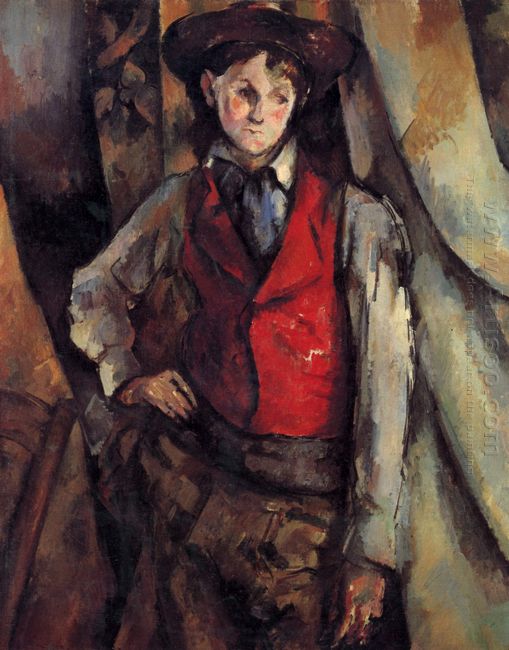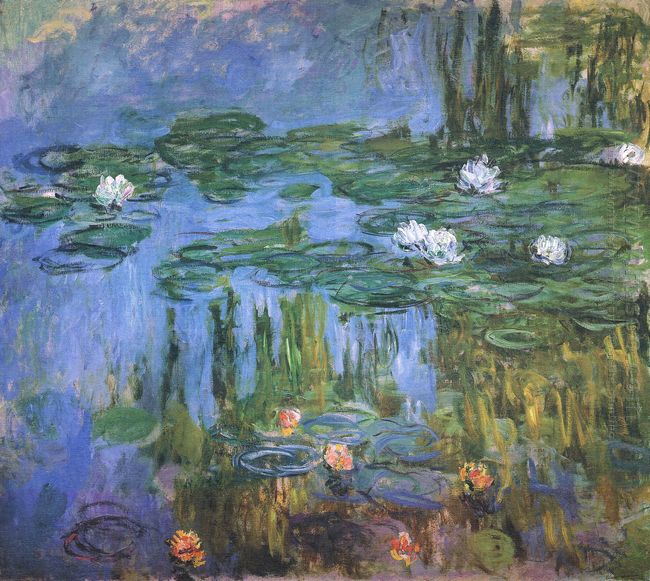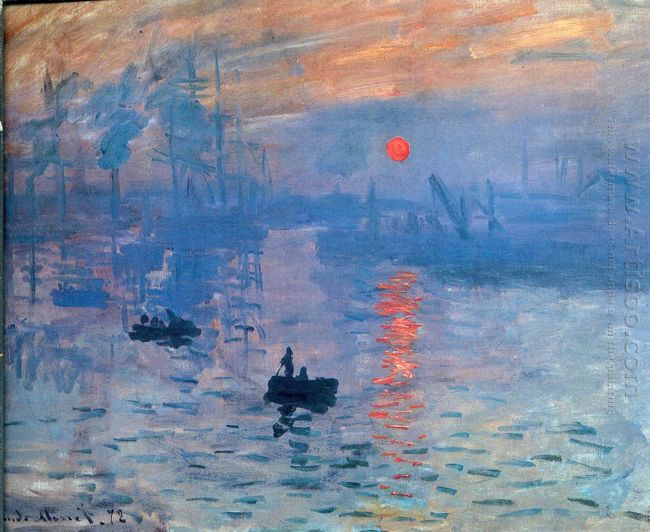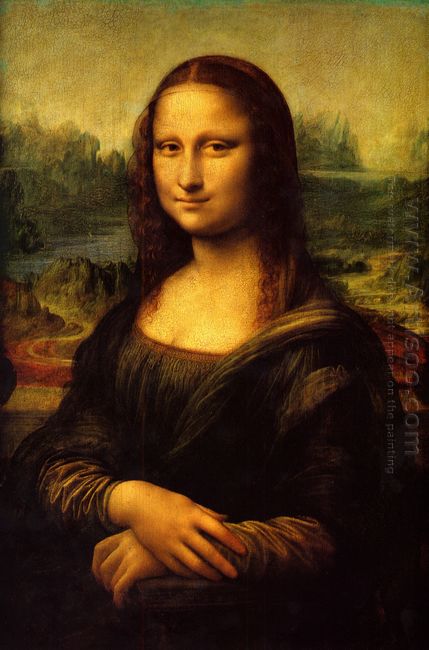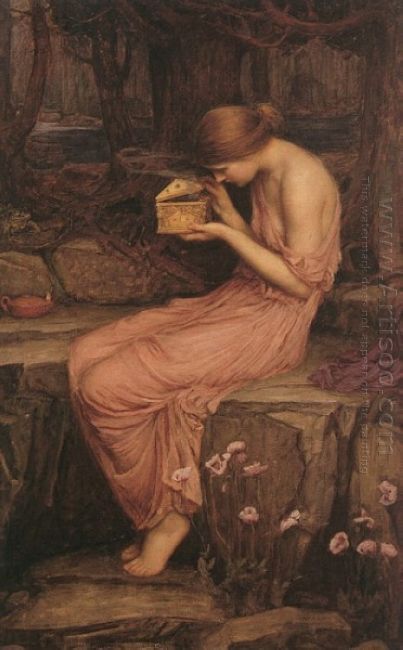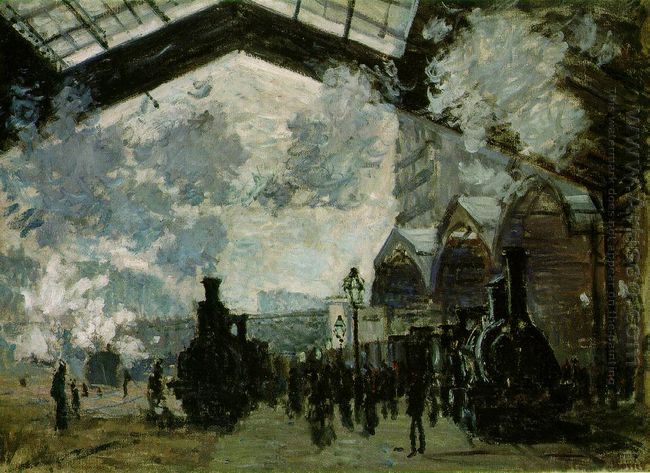
Saint Lazare Station which was painted in 1877 by Monet who is one of the most important painters in France is a depiction of Paris’s train station, showing an actual impression of daily life scene. Monet has been longing for the effect that the light goes through and evaporates the glass ceiling and the shape of automobiles and carriages from the chaos. Monet firmly believes that the magic effect of light and air is the most important thing. He cleverly balances the tones and colors in the painting which outstandingly performs the power, space, contrast and movement.
In 1883, Claude Monet settled in Virginie and built a small garden there for painting. He planted a lot of lotus in the pool, which made him find the themes to achieve his goal: to draw some hard bodies, water and air and try to make them gather together. The painting showed Monet’s desire of complex blending without sad mood. Each person studying Monet’s creative activities development will find if the initial fate contributed to the development trend of Monet, so then he created his fate later. The reason why Monet becomes the founder of impressionism style and is recognized “first class” by his friends is due to his unshakable and strong will. As is known to all, impressionism means the revolution of feeling and observation ways, which not only has changed painting, sculpture, music, and the literature. As of today, it still has not lost its important influence and has been changing us.
